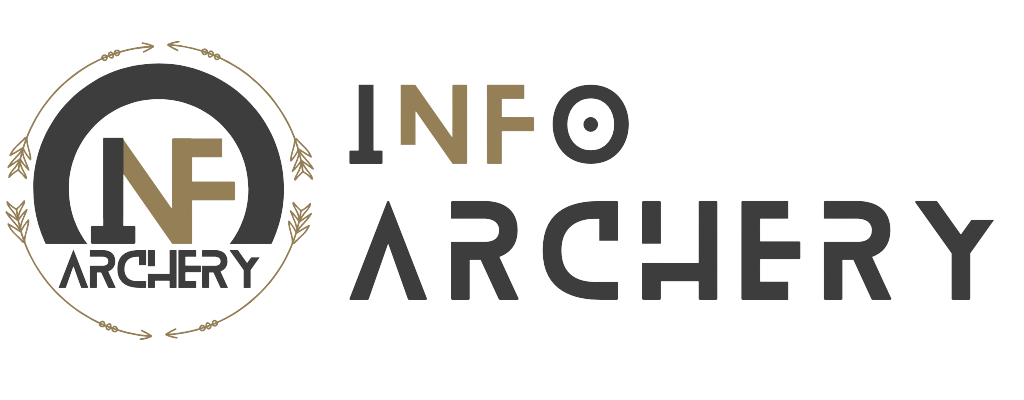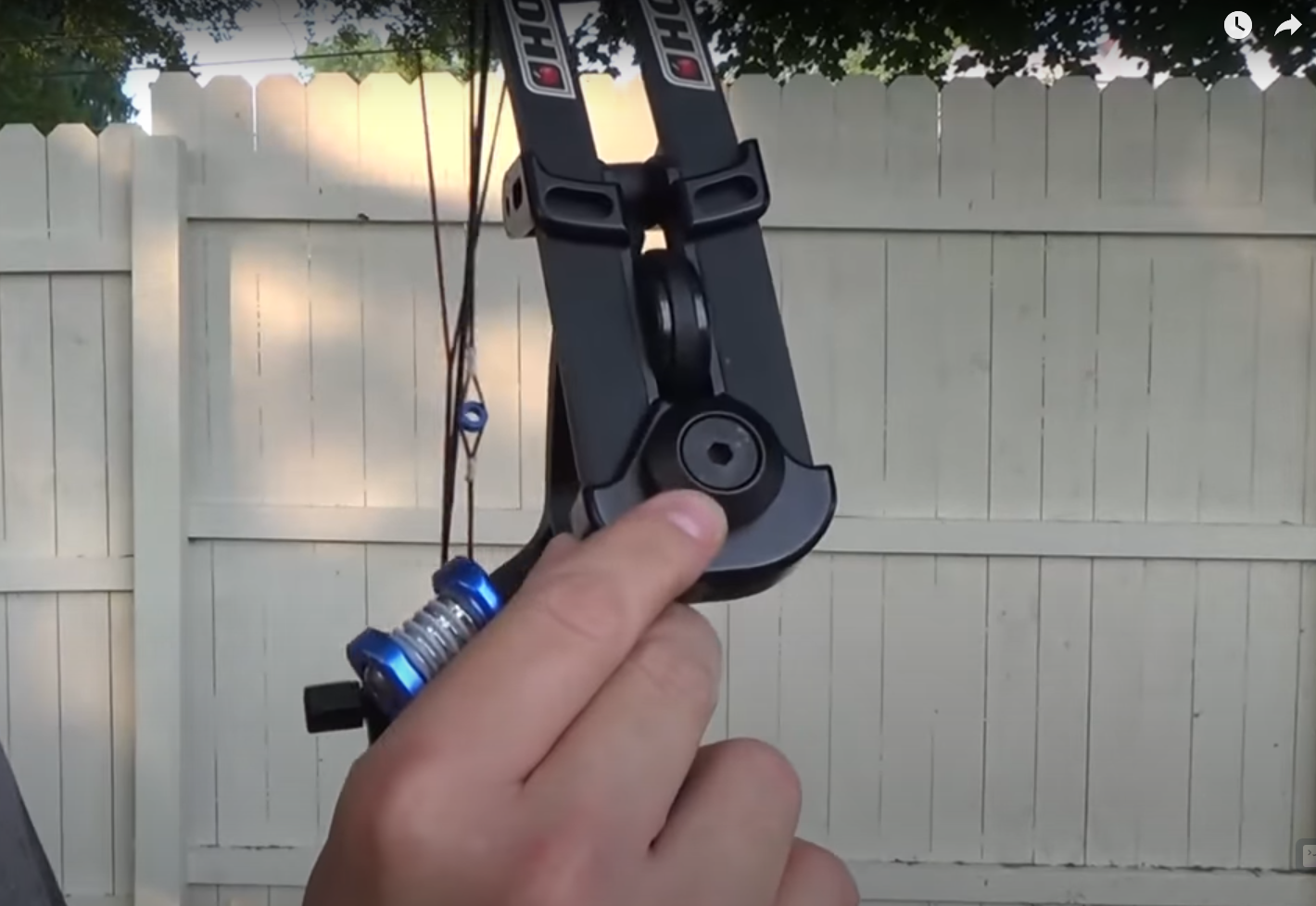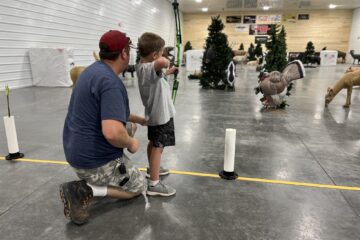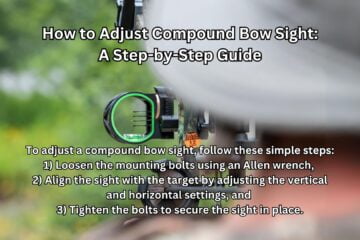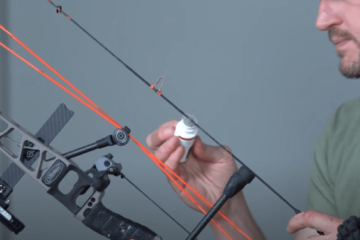Limb bolts on a compound bow are used to adjust the weight and tension of the bowstring. These bolts are responsible for fine-tuning the bow’s draw weight to achieve optimal performance and accuracy.
Compound bows are complex devices made up of many different components working together to deliver powerful, accurate shots. One of the most critical components of any compound bow is the limb bolts. These bolts control the amount of weight and tension on the bowstring and also affect the bow’s draw length.
Adjusting the limb bolts can drastically change the performance of your bow, allowing you to customize it to your specific shooting style. It is important to understand how the limb bolts work and how to adjust them properly to get the most out of your compound bow. In this article, we will cover everything you need to know about limb bolts and how to use them to improve your shooting.
Understanding Limb Bolts: An Overview
If you’re interested in the workings of a compound bow, you must have heard of limb bolts. But, what are limb bolts and how do they work? In this section, we will walk you through everything you need to know about limb bolts.
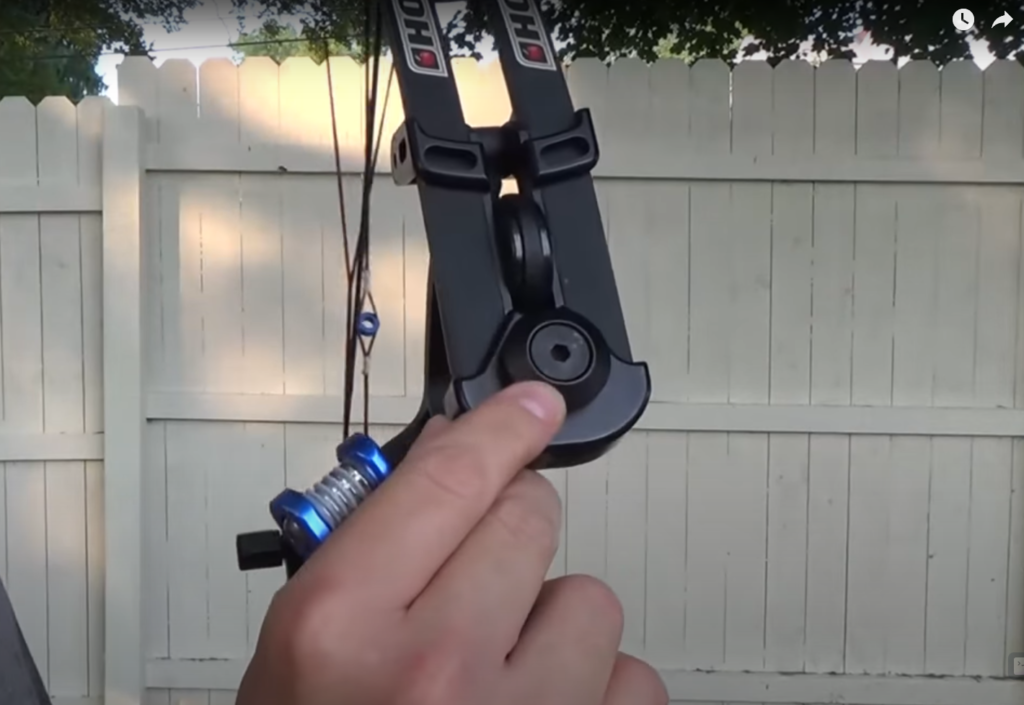
What Are Limb Bolts And How Do They Work?
Limb bolts are the screws that attach the limbs to the riser of a compound bow. They are located on each limb and are threaded into the riser. The bolts are used to adjust the bow’s draw weight; the tighter the bolt, the higher the draw weight, and the looser the bolt, the lower the draw weight.
What Are The Parts Of A Limb Bolt?
Before you can identify and adjust the limb bolts on a compound bow, you need to know its parts. The parts of a limb bolt include:
- Screw
- Head of the screw
- Threads
- Unthreaded shank
- Shoulder or collar
- Bushing (some limb bolts come with bushings)
How To Identify A Limb Bolt On A Compound Bow?
Identifying a limb bolt on a compound bow is essential before making any adjustments. Here’s how to do it:
- Locate the limb tips: The limb tips are where the limbs curve and taper to the string.
- Follow the limb towards the riser: The limb bolt is usually located near the riser, opposite the cams.
- Look for a screw: The limb bolt will be a screw.
- Check for collar: The limb bolt will have a collar which separates the screw head from the limb.
That’s it! By understanding how limb bolts work and the different parts of a limb bolt, you will be better equipped to adjust your compound bow’s draw weight.
Importance Of Limb Bolt Tuning For Accuracy
Why Accurate Shooting Is Critical For Hunters And Archers
The importance of accurate shooting cannot be overemphasized, especially when it comes to hunters and archers. Here are the reasons why accurate shooting is critical for hunters and archers:
- Accuracy is key: A hunter or archer who misses their target is likely to miss out on an opportunity. The more accurate you are in shooting, the greater your chance of hitting your target.
- A humane kill: Accurate shooting ensures that an animal is killed cleanly and humanely. This is important not only ethically but also for ensuring that the meat produced is of the highest quality.
- Respect for the animal: Accurate shooting also shows respect for the animal being hunted. A wounded animal that is not immediately taken down can suffer for extended periods before dying.
How Do Limb Bolts Impact Shooting Accuracy?
Limb bolts are important parts of a compound bow, and their proper tuning can significantly impact shooting accuracy. Here are some ways in which limb bolts impact accuracy:
- The limb bolts affect the bow’s draw weight: Adjusting the limb bolts can increase or decrease the bow’s draw weight, which directly affects the speed and strength of the arrow.
- Arrow flight: Misalignment of the limb bolts can cause the arrow to fly off course, leading to inaccurate shots.
- String alignment: Proper tuning of the limb bolts ensures that the bowstring aligns perfectly with the centerline of the bow. Any misalignment could lead to inaccurate shooting.
- Noise reduction: Proper tuning of limb bolts can also lead to reduced noise when shooting the bow. Reduced noise can be important in hunting situations, especially when multiple shots are taken.
The Relationship Between Limb Bolt Tuning And Accuracy
There is a direct relationship between proper tuning of the limb bolts and accuracy in shooting. Here’s how:
- Proper tuning of limb bolts allows for consistency in terms of draw weight, arrow flight, and string alignment, which all play a pivotal role in accuracy.
- Consistency in shooting is key, and proper tuning of limb bolts leads to consistent shots time and again, leading to greater accuracy and proficiency.
- Proper tuning of limb bolts also allows for handling the bow with minimum recoil, reducing the chance of sudden jerk when releasing the arrow.
Common Issues Of Misaligned Limb Bolts
Misaligned limb bolts can pose several issues, impacting shooting accuracy:
- Inaccurate shooting: Misaligned limb bolts lead to inconsistency in draw weight, arrow flight, and string alignment, which all contribute to inaccurate shooting.
- Loud shooting: Misaligned limb bolts can also cause additional noise, which can spook nearby animals.
- Damage to bow: Over time, misalignment of the limb bolts can lead to damage to the bow, rendering it inefficient at shooting.
- Pain and injury: If limb bolts are misaligned, it can cause unnecessary strain on the shooter’s muscles and tendons, potentially leading to injury.
Proper tuning of limb bolts is crucial for accurate shooting and overall efficiency of the bow, ensuring that both hunter and archer are safe, efficient, and ethical in their pursuits.
The Tuning Process: A Step-By-Step Guide
Limb bolts are crucial components of a compound bow that determine its power, speed, and accuracy. Adjusting the limb bolt tension is an important part of the tuning process that ensures your bow is shooting at its full potential. We will provide you with a step-by-step guide to adjusting your limb bolts, as well as tips and tricks to fine-tune your shooting.
Let’s get started!
Equipment Needed For Tuning
Before we proceed with the tuning process, it’s important to have the necessary equipment on hand. Here are the tools you’ll need for tuning your compound bow:
- A set of Allen wrenches
- A bow press
- A chronograph
- An arrow rest
- A peep sight
- A d-loop material
- A bow scale
- A measuring tape
Initial Limb Bolt Settings
Before adjusting your limb bolts, you should first check the manufacturer’s suggested settings or consult with a professional bow technician. These settings can vary depending on the specific model of your bow. However, a good starting point is to tighten both limb bolts equally until they are snug.
Do not overtighten them as this can damage your bow limbs.
How To Measure Bow Draw Length
The draw length of your bow is the distance between the bowstring and the grip when the bow is fully drawn. It’s important to measure your draw length accurately to ensure your bow is tuned properly. Here’s how to measure your draw length:
- Stand up straight with your arms extended on either side.
- Measure the distance from fingertip to fingertip.
- Divide this measurement by 2.5 to get an approximate draw length.
You can also use a bow with adjustable draw length to measure your actual draw length. Set the bow to its minimum draw length, then draw the bow and measure the distance from the bowstring to the back of the grip.
This measurement is your draw length.
How To Determine The Optimal Brace Height
The brace height is the distance between the bowstring and the grip when the bow is at rest. The optimal brace height varies depending on your draw length and your bow’s specifications. Here’s how to determine the optimal brace height for your bow:
- Use a bow square to measure the distance between the bowstring and the grip.
- Adjust the brace height in small increments until it reaches the optimal height. This can be found in the manufacturer’s specifications or through trial and error.
Step-By-Step Guide To Adjusting Limb Bolt Tension
Now that you have the necessary equipment and have determined your bow’s initial settings, it’s time to adjust your limb bolt tension. Follow these steps:
- Place your bow in a bow press and compress the limbs.
- Use an allen wrench to loosen the limb bolts equally.
- Use a bow scale to measure the weight of the bow at your desired draw length.
- Tighten the limb bolts equally in small increments, checking the bow’s weight on the bow scale after each turn.
- Use a chronograph to check the speed of your arrows. Adjust the limb bolts as needed to achieve your desired speed and accuracy.
Tips And Tricks For Fine-Tuning Your Shooting
- Pay attention to your arrow rest, peep sight, and d-loop positioning. Small adjustments to these components can greatly affect your accuracy.
- Practice proper grip and shooting form. Keep your bow arm straight and your bow grip relaxed.
- Experiment with different arrow weights and types to find what works best for your bow and shooting style.
- Always wear safety gear, such as a wrist guard and proper eye protection, when shooting a compound bow.
By following these steps and tips, you’ll be able to tune your compound bow for optimal performance and accuracy, ensuring that you shoot like a pro!
Limb Bolt Torque: What You Need To Know
Compound bows are complex equipment that requires meticulous care and attention. One of the most critical elements that can vastly impact your shooting experience is the limb bolt torque. It is essential to comprehend what this means and how it can affect your arrows’ accuracy when you aim and shoot.
What Is Limb Bolt Torque And How Does It Affect Your Shooting?
Limb bolt torque refers to the degree of pressure applied to the bow’s limbs and how tightly they are affixed to the riser. The torque level controls the bow’s power and has a significant effect on your shooting experience. Here are some key points to keep in mind about limb bolt torque:
- If the torque level is too low, the bow’s limbs will be loose, making the shots weak and unpredictable.
- If the torque is too high, the bow’s limbs become rigid, resulting in decreased accuracy, poor form, and potential limb damage.
- Proper tightening of the limb bolts results in a smooth and stable draw, providing consistency and control to your shots.
How To Recognize Limb Bolt Torque Issues
Detecting limb bolt torque issues can be challenging, but there are a few indicators to be aware of that may signify a problem. Here are some examples:
- The bowstring has unusual twists or uneven wear marks, pointing to a torque of the limbs.
- The bow limbs shake violently during the shooting cycle, indicating inaccurate torque.
- The arrows fly poorly, with variations in the grouping of shots indicating improper torque settings.
Techniques For Preventing Limb Bolt Torque
Maintaining proper limb bolt torque is a crucial step towards ensuring your compound bow functions optimally. Here are several techniques to follow to prevent limb bolt torque:
- Follow the manufacturer’s specifications and recommendations for your particular bow regarding the correct torque level.
- Use a torque wrench to tighten the limb bolts, ensuring that they are tightened uniformly and symmetrically.
- Check the limb bolt torque level regularly, especially after adjustments, tuning, or storage, and ensure they’re tightly secured.
- Avoid exceeding the bow’s maximum draw weight, which can result in a high torque level and increased risks of damage.
By taking appropriate care of your compound bow, you can maintain proper limb bolt torque, providing consistency and accuracy to your shooting experience. Remember to follow the manufacturer’s guidelines and check regularly for any torque issues to minimize the risk of damage and ensure a perfect shot every time.
Expert Limb Bolt Tuning Tips
Limb Bolts On A Compound Bow Are Used To –
If you are an avid compound bow user, you know how important it is to tune your equipment for maximum accuracy. One essential component of this kit is the limb bolt, which regulates the overall power and feel of the bow.
To help you understand how to get the most out of your bow, we’ve compiled expert limb bolt tuning tips that you can use to achieve maximum accuracy and performance.
How To Choose The Right Limb Bolt For Your Compound Bow
Choosing the right limb bolt for your compound bow is as important as selecting the bow itself. It can make a significant difference in how the bow performs. Here are essential factors to consider:
- Thread size and pitch
- Length of bolt
- Material and weight
- Type of bow (single cam or dual cam)
Tips For Achieving Maximum Accuracy With Limb Bolt Tuning
Achieving maximum accuracy with your compound bow requires proper tuning. The tuning process ensures optimal limb bolt alignment and maximizes the bow’s overall performance. Here are some tips to get you started:
- Use a quality torque wrench for tightening limb bolts
- Don’t overtighten the bolt to avoid damage
- Check the alignment of the limb bolts periodically
- Lubricate the limb bolts and corresponding threads regularly
- Follow the bow manufacturer’s recommended torque settings
- Always use limb bolts specific to your bow model and design
How Often Should You Tune Your Limb Bolts?
It’s recommended that you tune your compound bow’s limb bolts at least once a year if you’re an average archer. However, you may need to tune them more frequently if you’re a professional or shoot with your bow regularly. You should also tune your limb bolts if you experience any of the following:
- Bowstring is not centered on the cam
- The bowstring is not hitting the same spot on the cam
- Bowstring isn’t tracking straight
- The draw is not smooth
By following these expert limb bolt tuning tips, you can ensure that your compound bow performs consistently at its best. Remember to check your equipment often and to always refer to the manufacturer’s recommended guidelines for maintenance and tuning. With the right limb bolts and tuning, you’ll have a higher chance of hitting your target with accuracy and precision.
Frequently Asked Questions On Limb Bolts On A Compound Bow Are Used To
What Are Limb Bolts On A Compound Bow Used For?
Limb bolts are used to adjust the draw weight of a compound bow. By tightening or loosening the bolts, you can increase or decrease the pressure on the bowstring, which ultimately changes the amount of force required to draw the string back.
How Do I Know If My Limb Bolts Need Adjustment?
If you’re having trouble drawing the string back to full draw, or if you feel like the bow is too difficult to hold steady, you may need to adjust your limb bolts. Experiment with small adjustments until you find the right balance.
Can I Adjust My Compound Bow’S Limb Bolts Myself?
Yes, you can adjust your limb bolts on your own, but make sure to follow your manufacturer’s instructions. Turn each bolt a quarter turn at a time and test your draw weight each time until you reach your desired weight.
How Often Should I Check My Compound Bow’S Limb Bolts?
You should regularly check your bow’s limb bolts to ensure they are tightened to the manufacturer’s specifications and that they haven’t become loose over time. It’s recommended to check them every few months, especially after traveling or rough handling.
Is It Safe To Adjust The Limb Bolts On My Compound Bow?
Yes, as long as you follow the manufacturer’s instructions and make small adjustments at a time. However, if in doubt, consult a professional archery technician. Messing with the bow’s limb bolts without proper knowledge can cause damage to the bow and put yourself at risk.
Conclusion
Limb bolts play an essential role in the proper functioning of a compound bow. By adjusting the tension on the limbs, archers can fine-tune their bow to fit their shooting style and preferences. Whether you’re a beginner or an experienced archer, understanding the mechanics of a compound bow is crucial to improving your accuracy and consistency.
Proper maintenance, including regularly tightening limb bolts, can prevent damage and ensure that your bow remains in excellent condition. By taking the time to learn about your bow and making the necessary adjustments, you can enhance your overall archery experience.
So, don’t be afraid to experiment with different limb bolt settings and consult with a professional if needed. With practice and patience, you can unlock your full potential as an archer.
